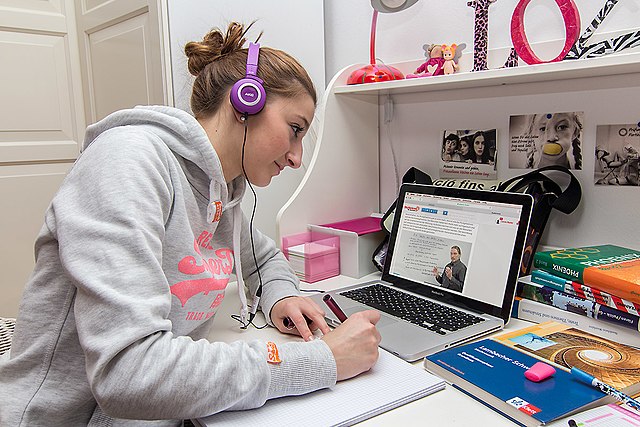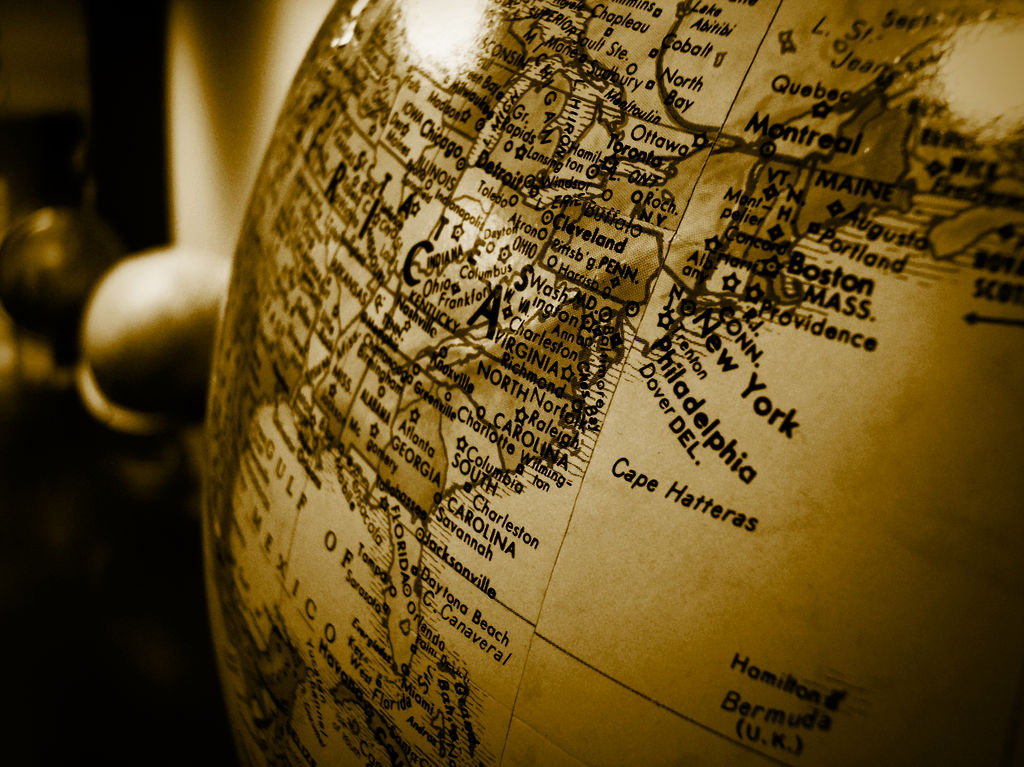The COVID-19 pandemic took more than college students’ social lives and on-campus experiences; it resulted in catastrophic human loss and forever altered the educational development of the world’s most vulnerable communities.
In the United States, COVID-19 took over a million lives and destroyed millions more through the loss of loved ones. Yet, despite the pandemic’s enormous impact in the United States, as of July 31, 2022, the overall mortality rate was approximately 312.60 per 100,000 people; meanwhile, in Peru, the mortality rate was a staggering 649.63 for every 100,000. The devastating impacts of the pandemic were felt by all countries, but they were not felt equally, as many countries, particularly those with developing economies, bore the brunt of the casualties and consequences.
Domestically, in both developed and developing countries, it was not the affluent suburbs that suffered most of the pandemic’s fatalities, but rather low-income communities and communities of color. The drastic disparity between COVID-19’s impact on different communities can be attributed to several factors, including access to health care, geographical remoteness, and the inability of citizens to follow a quarantine policy due to their work in informal sectors. However, the impact of COVID-19 cannot be solely measured by lost lives. Without including the loved ones impacted, the now parentless children, the children forced to leave education, the newly disabled, among other factors, one cannot truly grasp the impacts of the pandemic.
UNICEF determined that although “children are not the face of this pandemic… they risk being among its biggest victims.” This is due to the now increased risk to children’s health, intensified hardships on children of low economic status, augmented rates of child malnutrition, decreased access to vaccinations, regression in progress in combating HIV, mounted rates of child abuse and exploitation and exacerbated learning crises. Similar to the access to quality health care services amidst the pandemic, access to quality education between different communities varied astronomically. While only 35% of the population in developing countries had access to the Internet, in countries with advanced economies, this number was nearly 80%.
As established by the Universal Declaration of Human Rights Article 26, “[e]veryone has the right to education.” Yet, due to the COVID-19 pandemic, children worldwide were deprived of this fundamental right.
In the United States, the shift to an online format for classes brought the domestic digital divide to the center stage like never before. Of the 15% of American students who live in rural areas, most struggled to maintain consistent wireless connectivity, as did many low-income households, because “35% of lower-income households with school-age children did not have a broadband internet connection at home.”
The unequal access to the Internet forced thousands of students and teachers without consistent internet access to do their classes outside “county libraries, McDonald’s, and Starbucks.” In Owensboro, Kentucky, amongst other rural locations throughout the country, school buses were outfitted with WiFi and made several stops throughout the town so students would be able to stand outside the bus, download their assignments and then return home to complete their work. This offers a stark contrast to many upper-income households where students were typically able to learn from the comfort of their private bedroom or office without any connectivity issues.
In addition to low-income and rural households, indigenous communities were also disproportionately affected by COVID-19. In the United States, the pandemic amplified health inequalities leading to indigenous communities being “3.5 times more likely to be hospitalized for the virus.” This disproportionate suffering also occurred in their education systems; the Board of Indian Education determined this was due to underfunding and the fact that indigenous communities suffered from “geographical isolation” and “connectivity challenges.” In the Navajo Nation, “60 percent of its residents [are]without internet access.” This is a stark contrast to the 79% of US suburban households which have access to a broadband internet connection.
The digital divide worked in tandem with the lack of financing in many districts to create the perfect storm to enhance pre-pandemic disparities. One of the greatest pre-pandemic disparities is the contrast in school funding as “school districts with the greatest concentrations of [B]lack, Latino, or Native American students receive around $1,800 less per student than districts educating [prodiminately white students]. Between low-income and high-income areas, the funding difference is $1,000 per student.” Unequal access to quality education within the American education system has been a problem from the country’s foundation, and as a result of the issues exacerbated by the pandemic, there is no telling how the digital divide has reversed the progress made toward a more equitable education system for all Americans.
Similar to the United States, in Peru, the quality of education and access to the Internet also falls on the intersections of economic classes, ethnic identity and geographical location (urban versus rural). It is estimated that 27.7% of the Peruvians reside in rural areas and another 20.9% live in small towns. Partly due the low density of the Peruvian population, less than 40% of Peruvians can count on their internet connection; however, in the country’s capital, Lima, more than 90% of households have internet access.
To address the need for remote learning and the lack of stable wireless connection throughout the country, during the COVID-19 pandemic, the Peruvian Ministry of Education launched the initiative “Aprendo en Casa” (“I learn at home”). This initiative aimed to reach all students throughout the country through a standardized form of teaching via the mediums of the Internet, television and radio. Despite this effort to accommodate students who had limited internet connection, these mediums of teaching were still inaccessible for many, and the differences in the quality of education between each medium were also significant. As a result of this inequitable and lower-quality education, more than 32% of students received unsatisfactory results in their end-of-year assessments.
In the rural Quechua-speaking community of Ttio, before the pandemic, it was typical for students to walk an hour and a half one way to school via a steep mountainous terrain that has an altitude change of over 1000 feet, and once the pandemic forced the education to switch to remote learning, none of the students had access to technology with an internet connection. To obtain a signal, students subsequently had to walk 90 to 120 minutes through even more rigorous terrain than their traditional route to school. Once the students arrived at a point with a signal, they would stop for their classes to learn via radio. In addition to these classes being taught in their non-native tongue, they took place outdoors on a mountain at over 13,000 feet, at the whims of the elements. Unfortunately, this experience is not unique to Ttio as many students throughout Peru, particularly in other rural indigenous communities, shared similar challenges in completing their remote classes.
In Cañicuto, students walked over 10 kilometers just to find a radio signal for class, and as a consequence of their subpar learning conditions, upon returning to in-person learning, the teachers in Cañicuto echoed the sentiments felt by many other teachers across the country, that their students were performing at levels far below their pre-pandemic peers. There is also now a generation of students that will not be literate nor educated because of the inequities aggravated by the pandemic. In 2021, 124,533 Peruvian students dropped out of school due to the inaccessibility of connecting to classes and/or to provide an additional income for their families. This “lost generation” is a living example of how the impacts of COVID-19 extend far beyond the mortality rates, as the futures of so many have been robbed by circumstances directly caused by the virus.
COVID-19 touched every corner of the globe, but as highlighted by the asymmetrical impacts on education in the United States and Peru, the pandemic impacted lower-income and communities of color much more harshly than their middle and upper-income counterparts.
U.S. college students may have lost the “best years of their lives,” but at the same time, they must acknowledge the immense privilege they had to still receive an education, via Zoom, from world-class professors. Students must also begin to recognize and address the significant inequities within our own country and the world at large — education is a fundamental right that no one should be deprived of, even in a pandemic.







